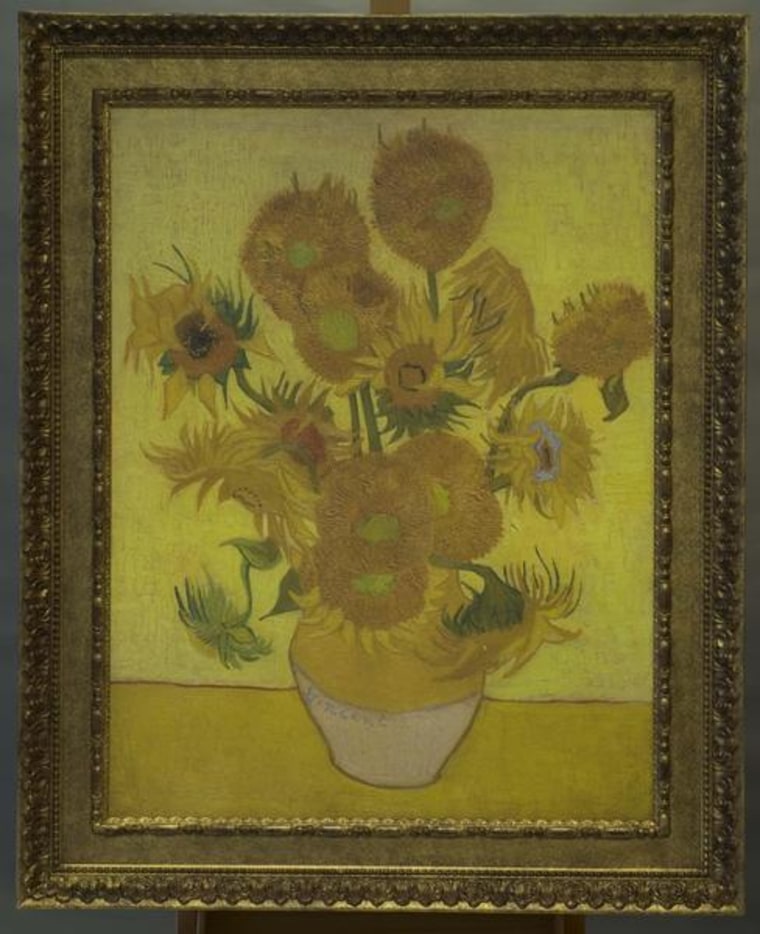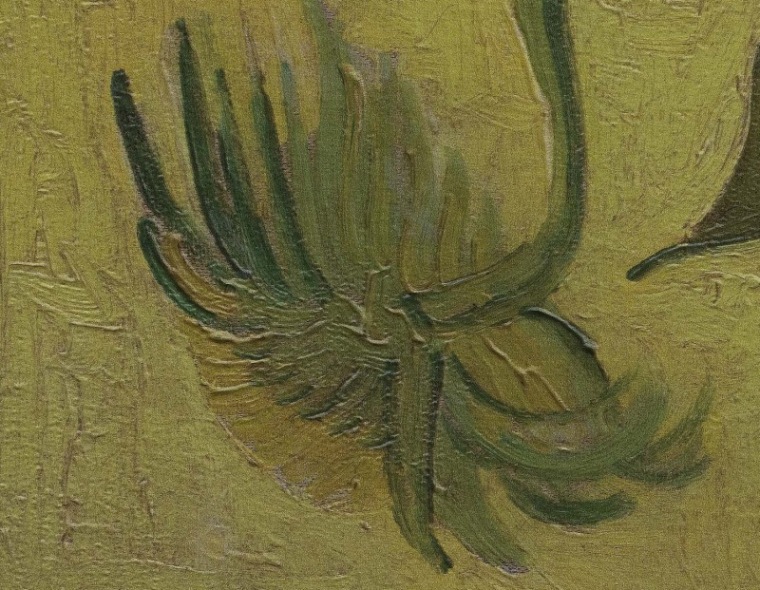
Have you always wanted a Van Gogh in your living room, but never seem to have a spare $20 million to pick one up? A new technique from Fujifilm could give you the next best thing: a 3-D printed reproduction almost indistinguishable from the original.
It's called Reliefography, and it works by combining traditional high-quality photography with 3-D scanning and printing. The photography captures the look of the painting, while the 3-D scanner gets up close and personal, recording the subtlest changes in the thickness of the paint.
3-D printing techniques are then used to recreate those tiny stroke-level details, resulting in a reproduction that not only looks like, but has the subtle texture of, the original. More than that, it recreates the frame itself, the back of the canvas, and any written notes or labels the painting has accumulated. It's not just a copy — it's a full-on recreation.
The Van Gogh Museum in Amsterdam has an exclusive right to the technology for the next few years, according to The Guardian. The impressionist painter was chosen because his technique produced a texture that is impossible to reproduce in an ordinary print.

All this technology and precision comes at a price, though: each "relievo," as they are called, costs approximately $34,000, and only 260 copies will be made of each work. If you decide to spring for one, your dinner guests probably won't be able to tell it's not an original — although your bank account sure will know the difference.
Devin Coldewey is a contributing writer for NBC News Digital. His personal website is coldewey.cc.